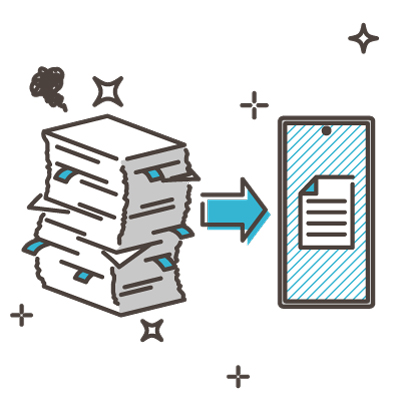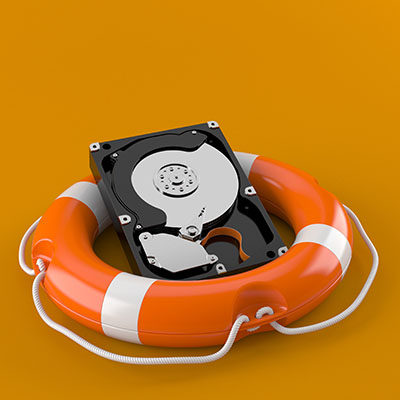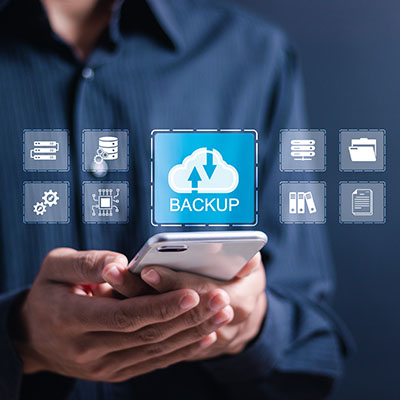Have you ever imagined what life would be like if you weren’t buried in papers all the time? Loose sheets of paper, sticky notes, printouts… it’s all so wasteful and bad for the environment. But you can make a difference by going 100% paperless; that is, if you have the gumption for it.
In business today, technology plays a big role. Unfortunately, by using technology, each individual has to make security considerations. This is because there are more cyberattacks today than ever before. To keep business rolling effectively, today’s workers must carefully consider and understand their role in their organization’s cybersecurity initiatives. In today’s blog, we look at four ways they can do just that.
When you think about it, the technology we have today is truly awe-inspiring, simply because it enables us to be so much more productive as we exercise our creativity. All one really has to do to prove its value is to compare the quality of life we enjoy now as compared to almost any time in the past. However, this does not mean that everyone is using technology to its full capacity and, as a result, suffering some consequential effects. Let’s consider some of these effects to reinforce why it pays to embrace the potential uses of technology fully.
Data fuels business, but we also share a large amount of data even in our personal lives. Even the most benign communications, like chats, requests to stop by the store on your way home, and even memes or pet pictures, are considered data—and where there’s data, there’s a place where it’s stored. Today’s question: do you know where your data is being stored? And do you know the impact of that storage?
“Quit.” The q-word is often seen as one of the worst four-letter words in business. However, there are times when quitting can actually benefit your operations. Imagine you have a project consuming all your resources with no real returns. What should you do?
Disaster Recovery (DR) provides your business with tools and processes to restore normal operations following a disruption. Think of it as a safety net for when things go wrong. The primary goal of your disaster recovery system is to restore critical business functions as quickly as possible.
When disaster strikes your business, it can cause a lot of problems; and many of them aren’t a direct result of the disaster itself. It’s for this reason it’s important to prepare your technology for a potential disaster. Here are four of the best ways to get your technology ready.
Unfortunately, we have yet another reason to reflect on the importance of data backup, disaster recovery, and business continuity for organizations everywhere. A week ago today, Hurricane Beryl made landfall in Texas, downgrading to a tropical storm, but only after it had already caused estimated damages totaling over $5 million amongst the islands of middle America.
Transferring data between computers and devices is now a routine activity. Let’s review the steps to ensure your data remains intact and your memory card stays in good condition before ejecting it from a computer.
What would you do if you lost your smartphone? While some might do their best to keep their composure and work to find it, there’s no mistaking the amount of data stored on our favorite mobile devices. Today, we want to walk you through some strategies for finding your misplaced or stolen device.











